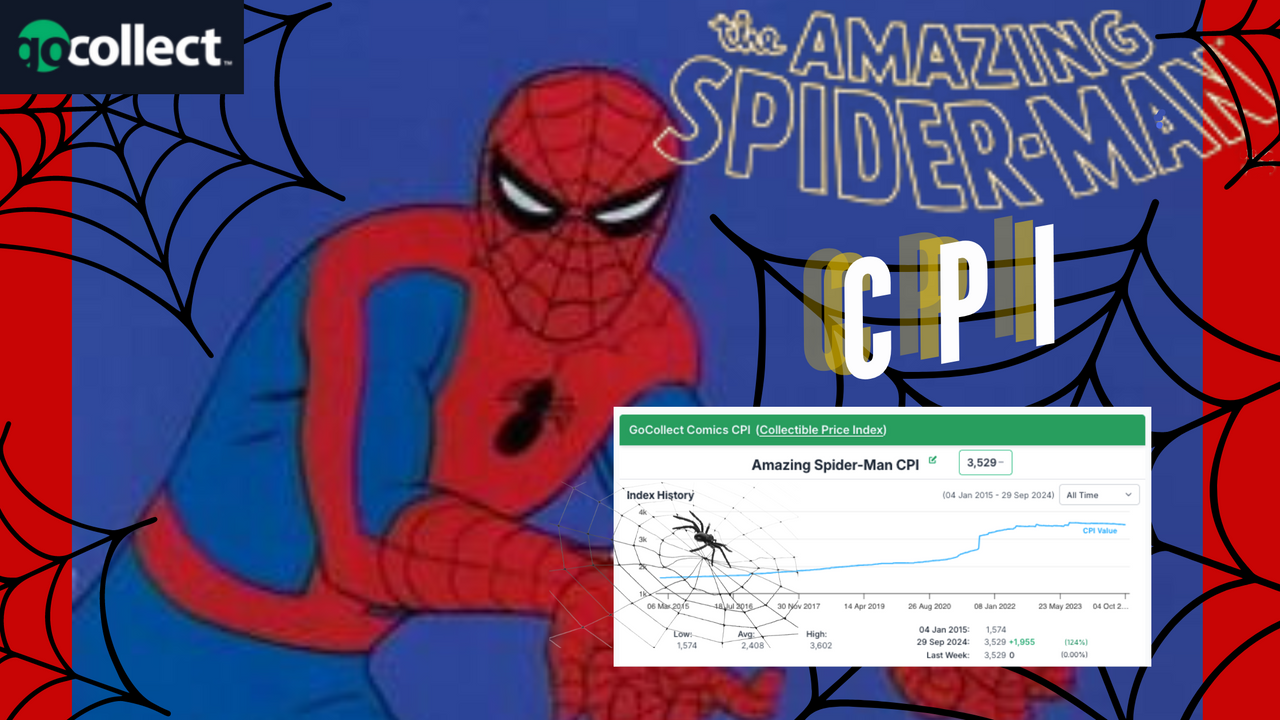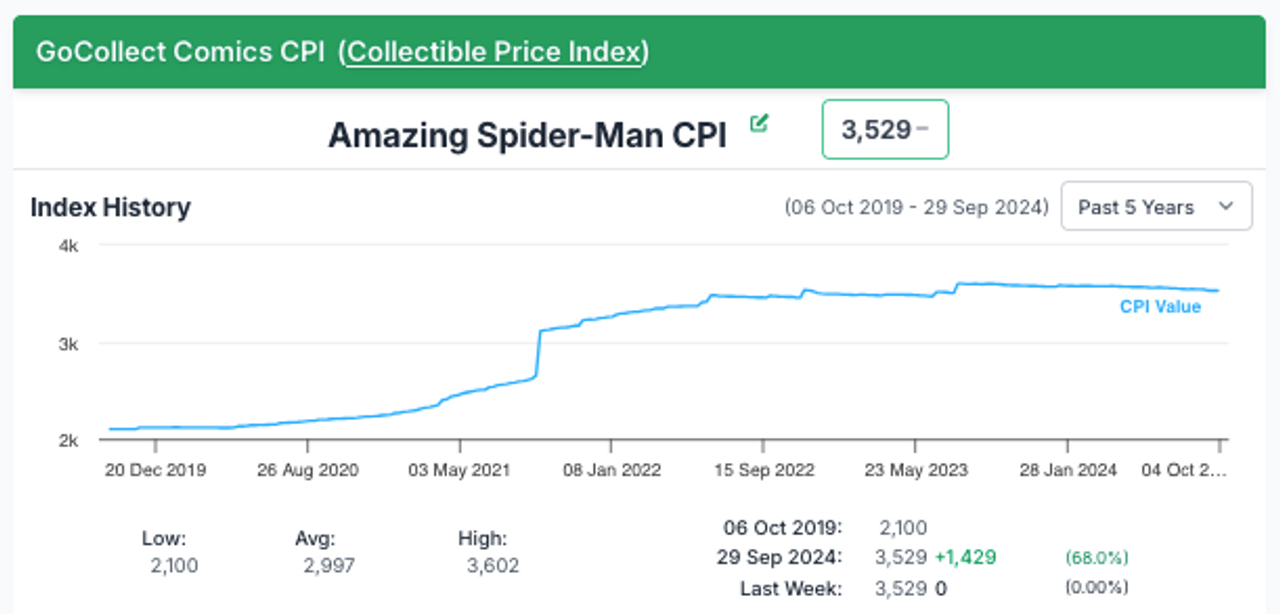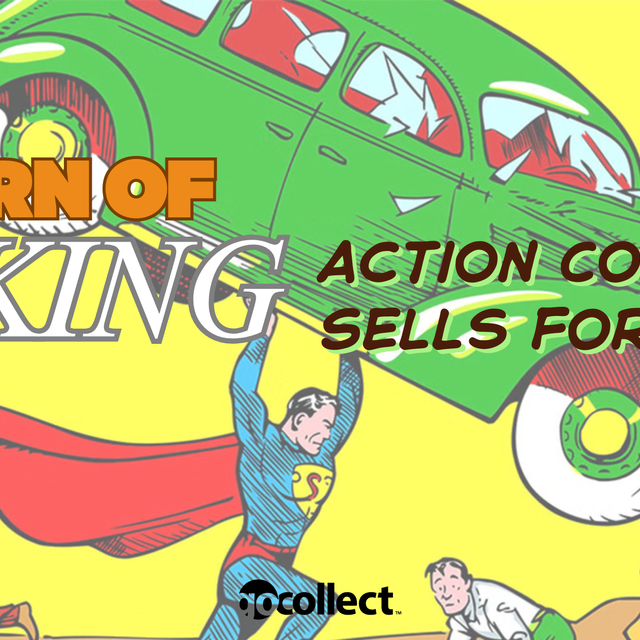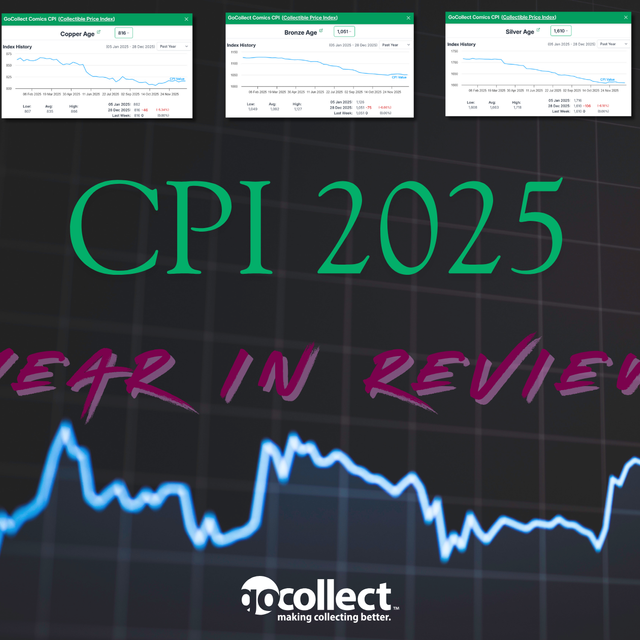Did I catch wind of someone asking for an Amazing Spider-Man Collectible Price Index? Now, that's an idea worth its weight in silk!
It wasn’t an easy choice to compile this index, but I truly believe it encapsulates the essence of the original run of Amazing Spider-Man. The stories, the artistry, the cultural impact—they all play a pivotal role in shaping the value of these beloved comics.
Now, let’s get real for a moment. Not even Peter Parker is immune to a rough patch. Over the past year, we’ve seen the value of these gems dip by nearly 2%. Not entirely shocking in this climate. But this index gets interesting real quick: take a step back and look at the 5-year view.
At first glance, it seems like this series managed to sidestep the pandemic fallout that plagued so many other comic books. And that’s incredible for several reasons. Most importantly, it means we’ve found a property that didn’t completely fall off a cliff these last few years—in fact, it appears as if this one didn’t even linger long at the edge.
When I examine the 5-year view—feel free to check this with me—I see something that loosely resembles an EKG, like a heartbeat keeping this character alive and well. These data points reveal a fascinating journey: the series was definitely affected by the initial wave of the collectibles shopping BOOM, enjoyed some peaks of success, then took sharp gasps of air before appearing to play dead while other comic properties were devoured by bearish trends. It’s a wild ride that reflects not just market activity but also the undying love of fans for Spider-Man.
While I’m sure you can easily decipher the basic data points, let’s delve deeper into some of those unique features that the Collectible Price Index (CPI) can provide.
Weaving a Web With the CPI
The potential applications of this tool are practically limitless. With it, we can explore even the most niche markets, extracting significant data that can inform our understanding and strategies. Imagine being able to craft indexes that dive into specific publishers, genres, or even the works of particular artists. We have already crafted effective CPIs covering the Comic Ages and my colleagues have crafted indexes for iconic IPs such as The Fantastic Four and Wolverine. From that initial feedback two things have become crystal clear - the numbers work, and collectors want this tool in their hands!
And why wouldn’t you! Our aim is to foster a community where users can create and submit their own indexes, leading to discussions ripe with strategy and insight. Picture enthusiasts sharing their findings, debating the nuances of different runs, and collaboratively enhancing our understanding of collectible values. Insert heart emoji.
Ultimately, imagine having the ability to apply the GoCollect CPI tool to what matters most to you—your personal collection. Have you been making the right decisions? Are you buying at the right time? Are you holding and selling when appropriate? Where is the trajectory of your collection headed?
In this digital age, having access to varied and robust indexes means we can not only track value fluctuations but also spot emerging trends and shifts within the market. Perhaps we might discover that certain issues are silently gaining traction among collectors, leading us to reassess their worth. Or maybe we’ll uncover hidden gems that have slipped under the radar, waiting for the right moment to shine.
Swinging Back to Our Story
Let’s take a look back at the ASM CPI for just a moment to pick out a few hot takes that might have been unknown to us prior to having this data. While it’s no surprise that issue #1 would be riding high above the rest, how many of you expected that issue #14 would currently be riding shotgun over every other issue in the series?! Is it the solo 9.8 copy selling twice that sets issue #14 apart? Or does this really suggest that the fans have chosen the Green Goblin as the #1 villain in Spider-Man’s universe!? If this is so, should other Goblin books perhaps be looked at a little closer? Would an Osborn Index be too obscure?
Another intriguing detail is the weight that issue #129 currently holds over the single-digit Silver Age issue #8. It could simply be the difference of four additional sales that #129 has over #8 that places this book higher. However, if we look into those sales, we see that issue #8 commands a higher value across the top four grades, while #129 shows incredible staying power across all lower grades. And I mean ALL lower grades—this book has multiple sales in every single grade including the lowest, which is something that issue #8 cannot boast. And that, my friends, is the power of a first appearance.
Speaking of firsts, the very bottom of the index is just as revealing as the top. Who could have guessed that Madame Web would currently hold more sway over Carnage? Or that the infamous ‘anti-drug’ issues #96, #97, and #98 would fall so neatly in corresponding order of value. How about issue #252 battling it out amidst Silver Age villain debuts with only 17 grades adding sales to represent the book! When we shine a light like this we can truly see where the keys come out.
Patience, Young Web-Slingers
As we continue to work diligently on refining this tool to put it fully into your hands, we appreciate your patience and understanding. The GoCollect CPI is not even close to demonstrating its full potential yet, but we're committed to making it the absolute best it can be. In the meantime, we’ve got some spine-tingling CPIs brewing that will have you on the edge of your seat. These upcoming releases will continue to offer new ways to engage with the collectibles landscape, and hopefully keep you satisfied while we finalize the tech side of things. Your enthusiasm and support have meant the world to us throughout every endeavour we embark upon, and we can’t wait to share what we have in store next!









